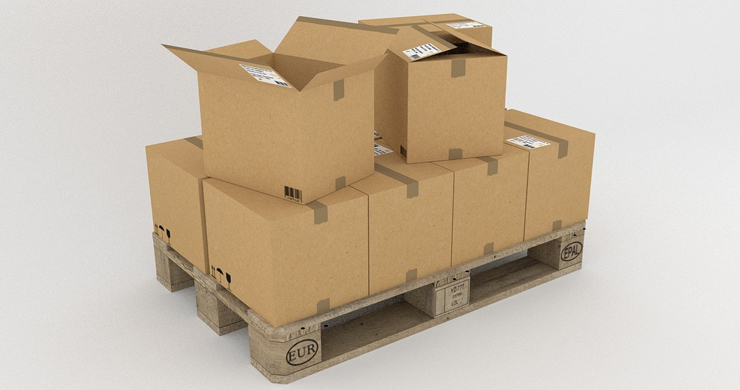In a world where technology and consumer expectations are rapidly evolving, warehouses must be prepared to adapt and grow. Emerging trends in warehouse management are transforming the way we operate, and it is crucial that companies embrace these innovations to stay competitive. Here we look at some of the key future trends and the need for technological adaptation in warehouse management.
Automation and robotics
- Collaborative robots (cobots): Cobots are designed to work alongside human employees, improving efficiency and reducing the physical burden. These robots can perform repetitive and heavy tasks, allowing workers to concentrate on higher value-added activities.
- Autonomous transport systems: Automated guided vehicles (AGVs) and autonomous mobile robots (AMRs) are revolutionizing internal logistics. These systems can move goods within the warehouse without human intervention, increasing the speed and accuracy of product movement.
Artificial Intelligence and Machine Learning
- Predictive analytics: Artificial intelligence (AI) and machine learning enable the analysis of large volumes of data to predict future demand. This helps optimize inventory levels and improve resource planning.
- Route optimization: AI algorithms can optimize picking and delivery routes, reducing travel times and improving operational efficiency. This is especially useful in large, complex warehouses.
Internet of Things (IoT)
- Smart sensors: Implementing IoT sensors in the warehouse enables real-time monitoring of storage conditions, such as temperature and humidity. This is crucial for sensitive products that require specific storage conditions.
- Track and trace: IoT devices facilitate real-time tracking of products throughout the supply chain. This improves traceability and enables more efficient inventory management, reducing the risk of loss or theft.
Augmented Reality (AR) and Virtual Reality (VR)
- AR-assisted picking: Augmented reality can guide warehouse workers through the picking process, displaying information about product locations and optimal routes on their mobile devices or smart glasses. This reduces errors and improves picking speed.
- VR training: Virtual reality offers a safe and effective way to train employees in procedures and equipment handling. Workers can practice in a virtual environment before performing tasks in the actual warehouse, reducing the risk of accidents and improving competency.
Advanced management systems
- Warehouse Management Systems (WMS): An advanced WMS not only manages inventory, but also integrates all warehouse operations into a unified platform. This enables greater visibility and control over operations, optimizing everything from picking to shipping.
- Integration with ERP and TMS: WMS integration with enterprise resource planning (ERP) and transportation management systems (TMS) provides a holistic view of the entire supply chain. This facilitates coordination between departments and improves decision making.
Sustainability and energy efficiency
- Green warehousing: Sustainability is a growing trend in warehouse management. Implementing green practices, such as the use of renewable energy and waste reduction, not only benefits the environment, but can also reduce operating costs in the long run.
- Energy optimization: IoT technology and energy management systems can monitor and optimize energy consumption in the warehouse. This includes efficient management of lighting, heating and cooling, reducing environmental impact and costs.
Technological adaptation: the key to the future
Embracing these technology trends is not just an option, but a necessity to prepare your warehouse for the future. Here are some key steps to ease this transition:
- Needs assessment: Conduct a thorough assessment of your warehouse’s current and future needs. Identify the areas where technology can have the greatest impact.
- Implementation planning: Develop a detailed implementation plan that includes integration phases, staff training and ongoing performance evaluation.
- Training and development: Investing in employee training is essential to maximize the benefits of new technologies. Make sure your staff is well prepared to adapt to changes.
- Collaboration with suppliers: Work closely with technology providers to ensure that the solutions implemented are tailored to the specific needs of your operation.
- Monitoring and continuous improvement: Establish a monitoring system to evaluate the impact of new technologies and make continuous adjustments to improve efficiency and productivity.
Conclusion
The future of warehouse management is full of opportunities for those willing to embrace new technologies and adapt to emerging trends. From automation and artificial intelligence to sustainability and augmented reality, these innovations can radically transform your warehouse operations. Preparing for the future will not only help you stay competitive, it will also improve efficiency, reduce costs and increase customer satisfaction.





